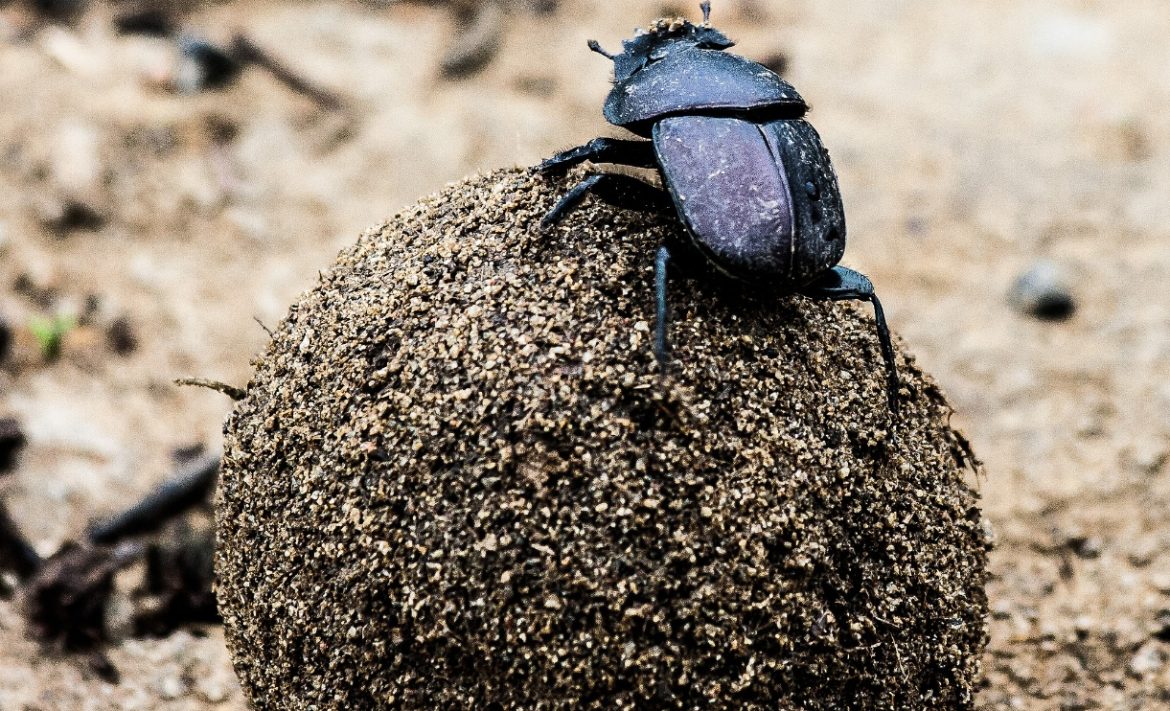
Have you noticed that these days, fewer bugs are getting into your windshield? Or is it just that your childhood fireflies are becoming extinct? According to a recent research that was written up in the journal Biological Conservation, forty percent of insect species are in danger of becoming extinct in the next hundred years. Compared to mammals, birds, and reptiles, the rate of extinction for insects is a startling eight times greater at the moment. This adds to the amount of evidence that indicates we are now living through the sixth major extinction in Earth’s history. Insects and smaller critters are less well-documented than bigger animals, whose losses have previously been recorded and are the subject of ongoing research. Nonetheless, an increasing amount of research has started to put together the extent and range of insect losses.
An multinational group of scientists calculated that the global quantity of invertebrates had decreased by 45% in 2014. In a disturbing analysis published in 2017, European researchers discovered that during the preceding several decades, the population of insects had decreased by almost 75% in certain German nature preserves. Researchers from the United States and Mexico reported last year that throughout the 1970s, there had been a 10- to 60-fold decline in the biomass of insects and other arthropods (such as centipedes and spiders) in a Puerto Rican jungle. They also discovered that populations of insects-eating animals, such lizards, birds, and frogs, were declining at a comparable rate; in the research region, the number of birds captured plummeted by 50% between 1990 and 2005.

Reasons
These losses have a wide range of regionally specific reasons. Insect populations are being negatively impacted by the extensive use of fungicides, pesticides, and herbicides in places with industrialized agriculture. It’s been discovered that neonicotinoids, a novel kind of insecticide that has been around for 20 years, are especially dangerous. One of the key causes in the tropics, where intensive agriculture is rare, is climate change. Over the course of the 40-year research, the average high temperature in the Puerto Rico region was four degrees Fahrenheit higher than it was in 2018. The destruction and loss of habitat brought on by deforestation, industrial agriculture, urbanization, and pollution of the air, water, and light are other contributors. Another factor is globalization, which has accelerated the spread of viruses, parasites, and invasive species that are toxic to insects to even the most distant parts of the world.

Effects
Among all insects, pollinators including bees, dung beetles, and butterflies and moths are some of the most endangered species. The loss of this and other insects would be harmful to the planet and to civilization as dwindling insect populations may cause ecosystem collapse, despite the fact that many people see insects as bothersome animals because of their bites, stings, damage to crops, and sometimes illnesses. Because they represent the foundation of the food chain and provide food for fish, birds, and small mammals, insects are essential to ecosystems. Their disappearance may have a cascading impact on the animals within an environment, leading to the extinction of whole groups of animal species. Furthermore, insects are necessary for the pollination of around 74% of all blooming plants on the world and 35% of cultivated crops. While they may not be as adorable as bees and butterflies, dung beetles play a crucial role in the decomposition of excrement and detritus—that is, in the breakdown and removal of plant and animal waste—and their disappearance would be, to put it mildly, disastrous. It goes without saying that in order to start addressing this issue, people’s attitudes about insects need to shift, and more research in other parts of the globe has to be done.



